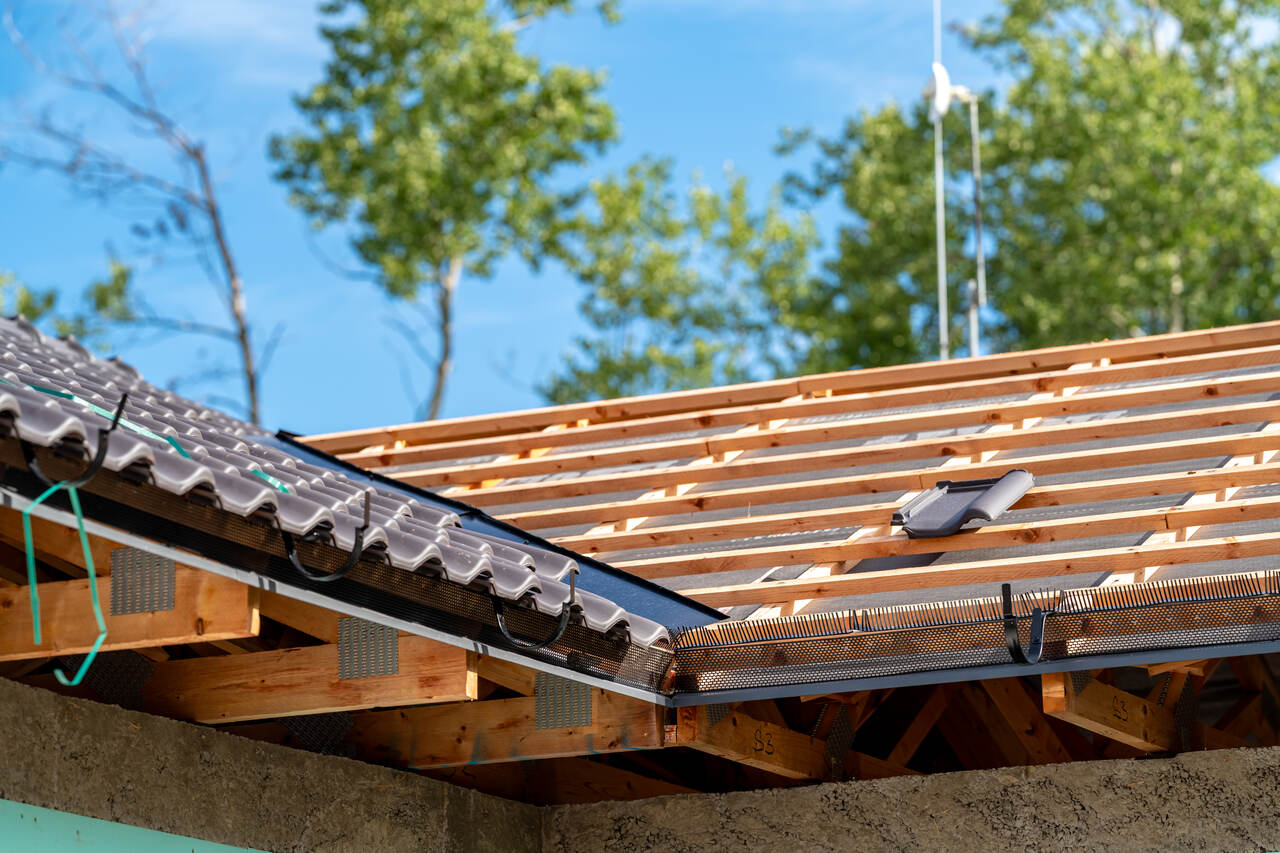Replacing a roof is a significant investment and an essential part of maintaining your home. A new roof not only protects your home but also adds to its value and curb appeal. Understanding the roof replacement process can help you make informed decisions and ensure the project goes smoothly.
From the initial inspection to selecting the right materials, every step in the roof replacement process plays a critical role in the final outcome. Knowing what to expect can ease your worries and prepare you for each phase, from tearing off the old roof to the final inspection and cleanup.
In this article, we’ll walk you through the entire roof replacement process. We’ll cover the initial inspection and assessment, how to choose the best materials for your home, the step-by-step process of replacing a roof, and how to care for your new roof after the replacement. This will help you understand each part of the journey, making sure your new roof meets your expectations and lasts for years to come.
Initial Inspection and Assessment
The first step in the roof replacement process is a thorough inspection and assessment. A professional roofer will examine the current condition of your roof to determine if a replacement is necessary. The inspection will look at various elements such as shingles, gutters, flashing, and any signs of water damage or leaks. This helps identify underlying issues that need to be addressed during the replacement.
During the assessment, the roofer will also measure your roof to provide an accurate estimate of the materials and labor required. They will discuss potential problems like roof deck damage or structural issues that might affect the project. This initial step is crucial for creating a detailed plan and ensuring there are no surprises once the replacement begins.
Selecting the Right Materials
After the inspection, the next step is selecting the right materials for your new roof. There are various options available, each with its benefits and drawbacks. Common choices include asphalt shingles, metal roofing, slate, and tile. Your roofer will help guide you through the selection process based on your budget, aesthetic preferences, and the climate in northern New Jersey.
It’s important to choose materials that are durable and suitable for your home. For instance, asphalt shingles are a popular and cost-effective choice that offers good protection and a variety of styles. Metal roofs, while more expensive, provide excellent durability and energy efficiency. The right choice will depend on factors like your home’s architecture, your personal preferences, and how long you plan to stay in your home.
Picking the right materials not only enhances your home’s look but also ensures your new roof will stand up to the elements and last for many years.
The Replacement Process: Step by Step
Once you have selected the materials for your new roof, the actual replacement process begins. This typically starts with preparing your home. Gutters and other fixtures may be removed, and protective coverings might be laid over plants and landscaping. The first major step is tearing off the old roof. This involves removing old shingles, underlayment, and any damaged decking to prepare for the new materials.
Next, the roofer will make any necessary repairs to the roof deck. This could include replacing damaged wood or reinforcing weak areas. After the deck is in good shape, the new underlayment is installed. This acts as a moisture barrier between the deck and the new shingles. With the underlayment in place, the new shingles are laid down, starting from the bottom edge and working upwards. This ensures that each layer overlaps properly to keep water out.
Finally, the roofer will install new flashing around chimneys, vents, and other areas where water might seep through. The project wraps up with a thorough cleanup and a final inspection to make sure everything is perfect.
Post-Replacement Care and Maintenance
After your new roof is installed, taking care of it is essential for its longevity. Regular maintenance can help you spot any issues early, preventing costly repairs down the line. Start with regular inspections. It’s a good habit to check your roof at least twice a year and after major storms. Look for missing shingles, debris, or any signs of damage.
Cleaning your gutters is another crucial task. Clogged gutters can lead to water backing up under your shingles, causing leaks and damage to your roof. Ensure your gutters and downspouts are free from leaves and debris to allow proper water drainage.
Trimming overhanging tree branches can also help maintain your roof. Branches that rub against your shingles can cause damage, and falling branches can create significant problems. Keeping trees trimmed back will protect your roof from unnecessary wear and tear.
Conclusion
Understanding the roof replacement process can make this significant home project much more manageable. Each phase is crucial for achieving a long-lasting, durable roof, from the initial inspection and selecting the right materials to the detailed replacement steps and post-replacement care. Proper care and regular maintenance will ensure your new roof stands up to the elements and protects your home for many years.
If you’re considering a roof replacement, don’t hesitate to reach out to Mega Pro. Our team of experts in northern New Jersey is ready to provide the finest commercial and residential roofing solutions. Contact us today to schedule your inspection and start your roof replacement journey with confidence.


